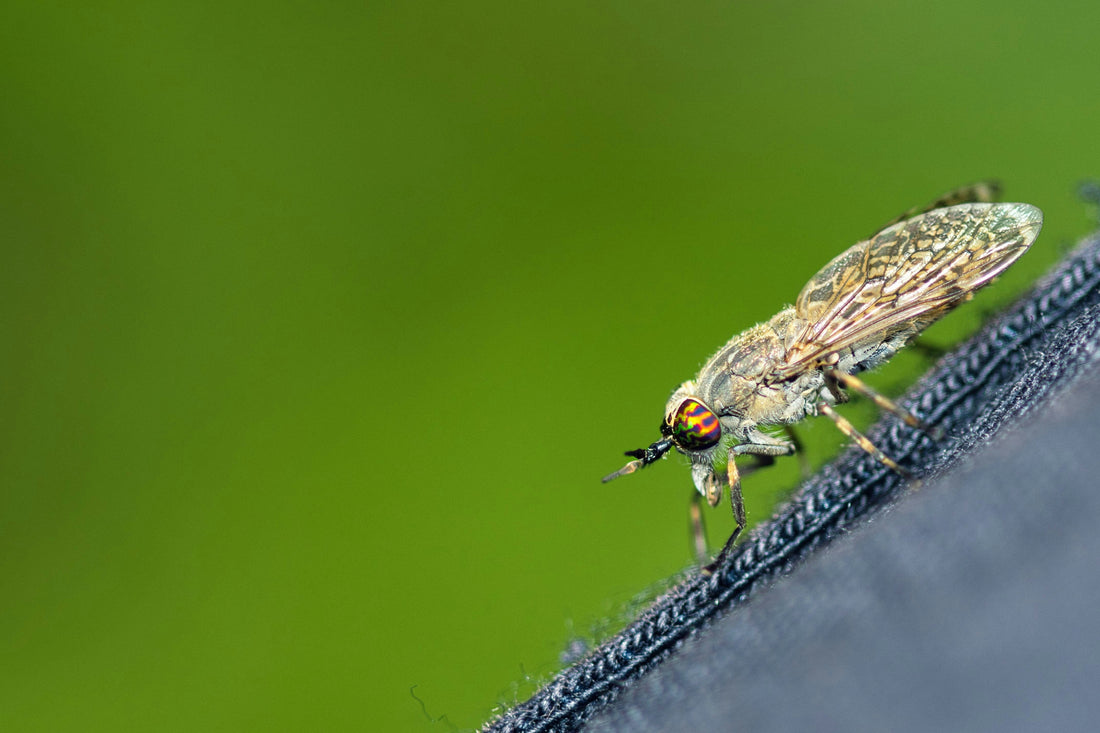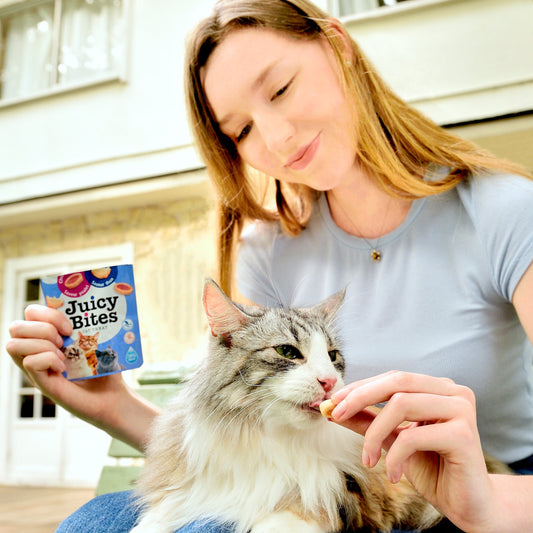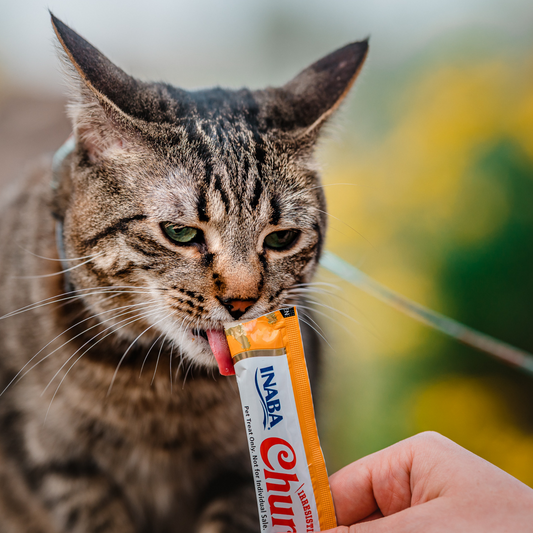If you've ever dealt with a flea infestation, you know just how frustrating it can be – for you and your pet.
These tiny pests may be small, but they’re surprisingly resilient and can cause discomfort that’s way out of proportion to their size. To manage fleas effectively, it helps to understand how long fleas live and how their life cycle works.
Because if you don’t break the cycle, they just keep coming back.
What Is the Flea Life Cycle?
Understanding the flea life cycle is the first step in keeping your home (and your pet) flea-free. Like many insects, fleas go through several stages of development: egg, larva, pupa, and adult.
- Egg: After a blood meal, an adult female flea can lay up to 50 eggs per day. These tiny eggs often fall off your pet and scatter throughout your home – in bedding, carpets, and even between floorboards.
- Larva: Within a few days, the eggs hatch into larvae, which avoid light and burrow into soft materials. They feed on organic matter, like flea dirt.
- Pupa: Next comes the pupal stage, where larvae spin a cocoon. This is the toughest stage to kill, as the cocoon protects the developing flea until it senses the presence of a host.
- Adult: Once hatched, adult fleas jump onto a host (like your dog or cat), feed, mate, and start the cycle all over again.
So… How Long Do Fleas Live?
Here’s the deal: the answer to how long fleas live isn’t simple; it depends on the conditions and the stage of life.
- Adult fleas can live from two weeks up to a few months, especially if they have a steady supply of blood from your pet.
- In ideal indoor environments (warm, humid, plenty of hosts), the flea lifespan can stretch longer than you might expect.
- In contrast, fleas without a host won’t last long. Adult fleas can only survive a few days without feeding.
Still, it’s the earlier stages, especially the cocoon, that can hang around for weeks or even months, just waiting for the right moment to hatch. That’s why treating fleas once often isn’t enough.

Why Flea Infestations Can Feel Never-Ending
If you’ve treated your pet but are still seeing fleas, you’re not alone. The real problem is usually hiding in the environment. Fleas in the egg or pupa stage can survive for weeks unnoticed, which means that flea infestations can continue long after the last adult flea is gone.
If you’ve ever wondered, “How long does a flea live?” and expected a short answer, now you know. These pests are stubborn. A single flea can lay hundreds of eggs in its lifetime, and the infestation cycle can continue unless every stage is addressed.
For pet parents, this means focusing on consistent topical flea treatment and prevention, not just one-off flea bombs or shampoos.
The Best Way to Break the Cycle
Breaking the flea life cycle means taking a multi-step approach:
- Protectyour pet with our vet-approved flea treatments.
- Wash bedding, blankets, and toys in hot water.
- Vacuum regularly (and empty the vacuum bag outside).
- Use flea sprays to target larvae and eggs in your home.
- Consider professional pest control for severe infestations.
When selecting a treatment, look for one that targets multiple flea life cycle stages, not just adult fleas. At Healthy Pet Co., all our flea products are chosen with your pet’s safety and comfort in mind.
We don’t stock anything that a vet or nutritionist hasn’t reviewed.
Fleas vs Ticks: Know the Difference
While fleas are tiny jumpers, ticks are crawlers that latch on and stay attached. Knowing how to tell them apart is key, especially when deciding on a treatment plan. Not sure what’s what? We’ve also broken down tick bites vs flea bites so you can act fast and confidently.

When Is Flea Season in Australia?
Fleas can be a year-round problem in many parts of Australia, but they thrive in warmer months. If you’re wondering when to be extra vigilant, check out our guide on navigating flea season in Australia; it’s got everything you need to know about timing your treatments and staying one step ahead.
How Do Dogs Get Fleas in the First Place?
Even indoor pets can get fleas. The little pests are notorious hitchhikers and can come into your home on shoes, clothes, or even through windows and doors. Reduce the risk of a re-infestation by learning more about how dogs get fleas.
Your Pet Deserves Relief (And So Do You)
No one wants to see their dog or cat scratching nonstop.
Fleas don’t just cause discomfort; they can lead to more serious skin issues or even tapeworm infections. The good news? You can stop the flea life cycle with consistent care and the right products.
Healthy Pet Co. is here to help with vet-approved solutions, advice from pet experts, and fast, reliable delivery. Whether you’re treating a current flea infestation or trying to prevent one, we’ve got your back (and your pet’s tail).




